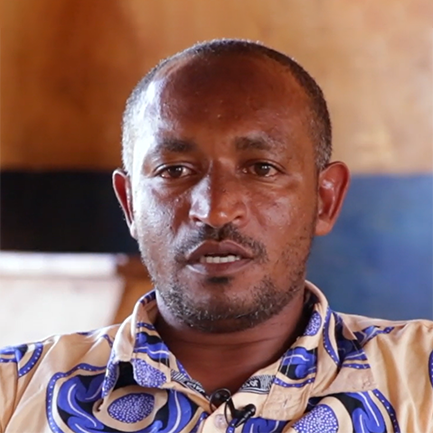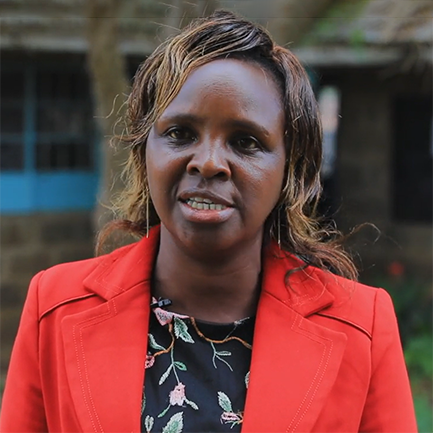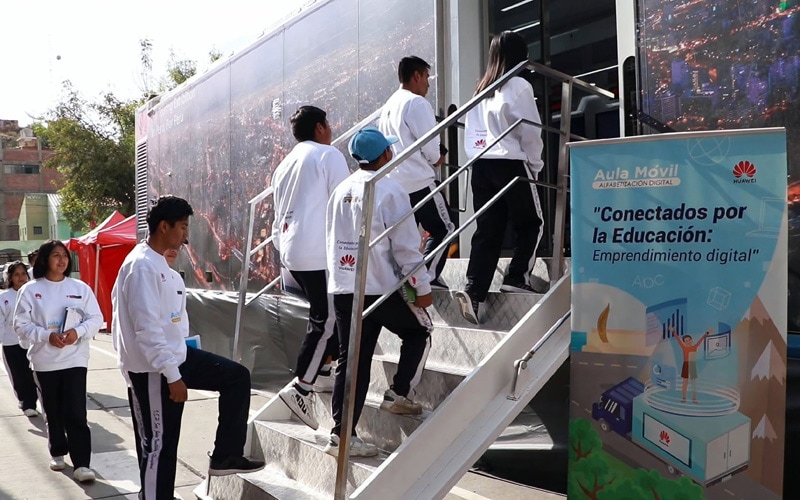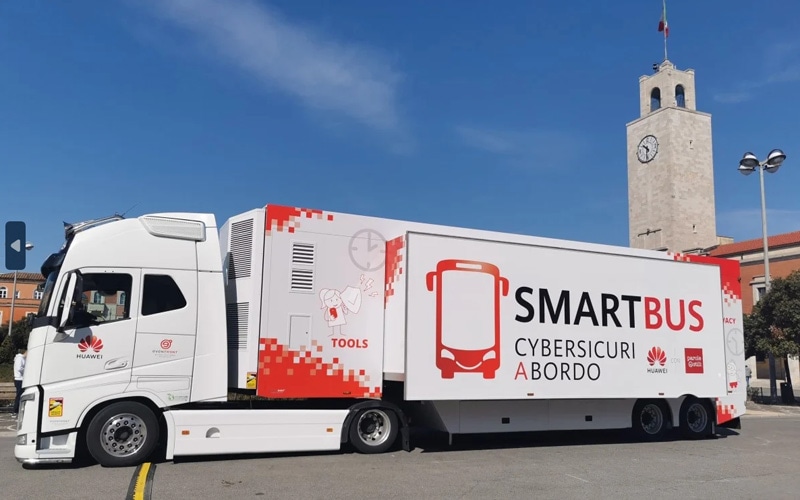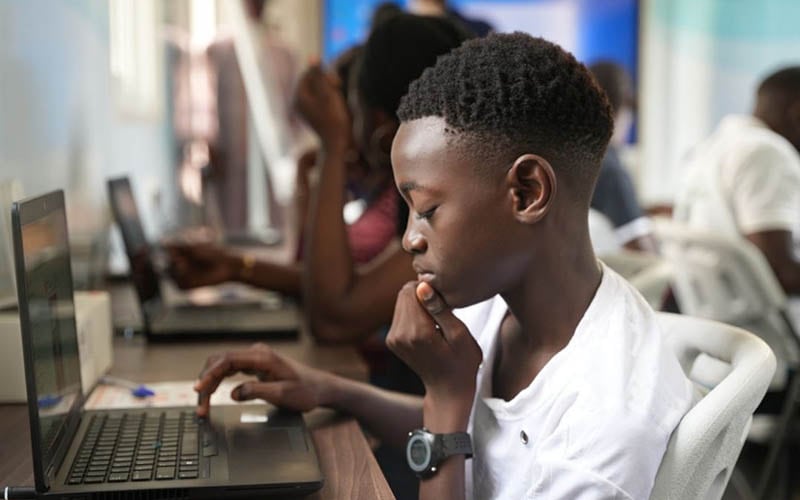Digischool: Lessons in Connecting Kenya's Schools
Equitable access to Internet connectivity is crucial to achieving the UN Sustainable Development Goals, particularly SDG4: "ensure inclusive and equitable quality education and promote lifelong learning opportunities for all."
A project to learn from
In Kenya, providing sustainable Internet access to all schools is a key part of the government's drive to integrate ICT into education.
Underpinned by the 9,000-km National Optic Fibre Backbone Infrastructure (NOFBI) and Kenya's Digital Literacy Programme, the Digischool Internet Connectivity project has so far provided 13 schools with fast, reliable, and stable Internet connectivity, benefiting 6,000 learners.
The project has also provided schools with devices, digital content, and teacher training.
As a partnership between the Ministry of Education (MoE), Ministry of ICT & Digital Economy, ICT Authority, UNESCO, and Huawei, the Digischool project has revealed an array of valuable insights, including challenges, best practices, and the implementation process.
Led by the MoE and released in August 2023, the Internet Connectivity to Schools report:
- Ascertains how Internet connectivity enhances teaching.
- Determines best practices for the scalability and sustainability of Internet connectivity in schools.
- Establishes how Internet connectivity strengthens schools' administrative functions.
-
13
schools connected
-
6,000
beneficiaries
3 Keys
Key stats
- 98% of learners reported that the Internet meets their needs.
Teachers use the Internet for a variety of functions. These include lesson preparation; online lessons and meetings; accessing online training materials; Internet-based teaching in class; uploading learners' grades to the school system; online quizzes to check learner understanding; and using online content such as videos, animations and games.
- 84% of learners said that the Internet makes learning more exciting, 71% said it makes complex ideas easier to understand, 54% said it makes learning more engaging, 23% said it makes learning more fun, and 13% said it increases class attendance.
Both male and female learners also reported that the Internet boosts communication and writing skills, self-study, and access to current information.
- Schools save US$800 a year by not paying for mobile data bundles.
In addition to mobile data savings, the Internet has significantly reduced administrative costs and transformed school admin tasks.
Key findings
- While teachers used the Internet before this project (mostly for admin, sometimes for teaching), low speeds and high costs limited its efficacy.
- A lack of devices can reduce the benefits of the Internet if not all classes have online access at any one time.
- The Internet boosts not just education quality, but also the education environment and the attitudes of learners and teachers.
- As well as the official Kenya Education Cloud, teachers and learners use a variety of online platforms and tools, particularly YouTube and interactive quizzes.
- The Internet creates many unplanned benefits such as inter-school support and student access to international competitions.
- School admin significantly benefits from online access, especially from communicating with parents.
- The savings made from fast and free Internet greatly offset the minor increase in power costs.
- School Internet can also benefit parents and local communities, but this could in turn affect Internet speeds for students.
- Internet providers must also provide Uninterruptible Power Supplies (UPS) or battery backups and enough Wi-Fi Access Points for full school coverage.
- Schools must be supported by rapid local technical support.
Key recommendations
- Quickly expand school connectivity to further enhance education quality, accessibility and equity.
- Extend training in digital skills and the responsible use of the Internet for teachers, school administrators, learners, and where applicable, parents.
- Develop guidelines within schools to regulate the use of the Internet and devices.
- Continue to connect schools via NOFBI, as it is both affordable and reliable.
- Step up collaboration between stakeholders to rapidly provide sustainable Internet to all schools in a way that minimizes initial connectivity costs and recurring costs, which schools cannot meet.
- Promote establishing community Internet hubs to facilitate online access for the community surrounding schools.
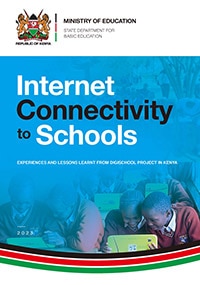
This report was developed based on a review of the Digital Literacy Programme (DLP), also known as the Digischool Project. The report is a product of a rigorous and inclusive process that comprised various stakeholders.

